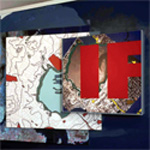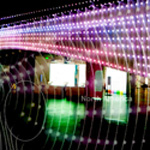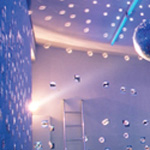Volume IV, Issue 1
Maps may be highly informative without being necessarily accurate; conversely, a map may be very accurate and not informative. For mission critical applications, supreme accuracy and professionally trained users of such data are the determinates for successful outcomes. However, from this “pure” position flow limitless provider and user scenarios that permit abstraction. This abstracting may issue from provider intent, or be generated as product of data rendering tools. Such abstractions may be targeted toward the particular needs and biases of the user/viewers—as these “worldviews” play a great role in how we deal with the level of desired and undesired information: our modern milieu of “trespass or invitation.” This issue of PIIM contains some challenging articles that advocate for permitting significant subjectivity to take an equally significant role in informativeness. Is the entire dialog of standard technique and process being modified by our immersion in data that we might instinctively trust, but that proliferates irrespective of our targeted needs? We look at how levels of subjectivity and abstraction play their role in providing new ways to look data, which, as one author argues, is now understood as information itself, not as a mere source of smallest, controllable, elements.
Jihoon Kang, Publisher, and William Bevington, Editor-in-Chief
Parsons Journal for Information Mapping

Mapping Trigger Point Theory as Aesthetic Activism
by Aviva Rahmani, MFA

Dynamic Performance of Nature: Augmenting Environmental Perception through Social Media and Architectural Infomatics
by Brian W. Brush, M.Arch, MS, Yong Ju Lee, M.Arch & Noa Younse, MS

Paris Galaxy Inc.: A Conceptual Model and Holistic Strategy Toward Envisioning Urban Development
by Raphaële Bidault-Waddington

Anti-Spam: Reinventing Data
by Álvaro Seiça

